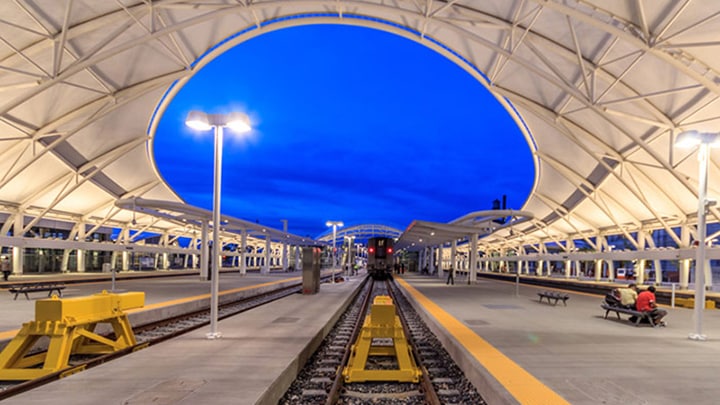
Why is sustainability and regeneration important to you?
It’s always been important to me, it’s at my core. In the 80s, I was part of the team responsible for greening the White House, along with Francis Rubenstein and Hayden McKay. That’s also when the public movement towards green gained momentum. As part of that, we knew that daylighting, or first-generation light from the sun, was huge. Back in the 30s and 40s and before then, all buildings were day lit; they had the right idea, and we need to bring those buildings back to their initial glory. Daylighting and electric lighting are intertwined; one cannot be designed without the other. And now, so much knowledge is coming out about circadian rhythm and the effects of light on our hormones, and our well-being. We’ve known about that for a long time, now it’s narrowing down to exact nanometers, and wouldn’t you know, those same nanometers also contribute to sky glow. Sustainability is also about our environment; light’s ecological impact is huge. We know that along with sky glow, blue lighting affects animals and insects and plants, so we need to learn from nature and apply it to the way we design. For example, if we’re in a fly zone, don’t up-light a bridge during migration season. Let’s pick up on nature’s clues and use dynamic lighting to respond to them. That’s the ultimate sustainability, working with nature instead of in ignorance of it.
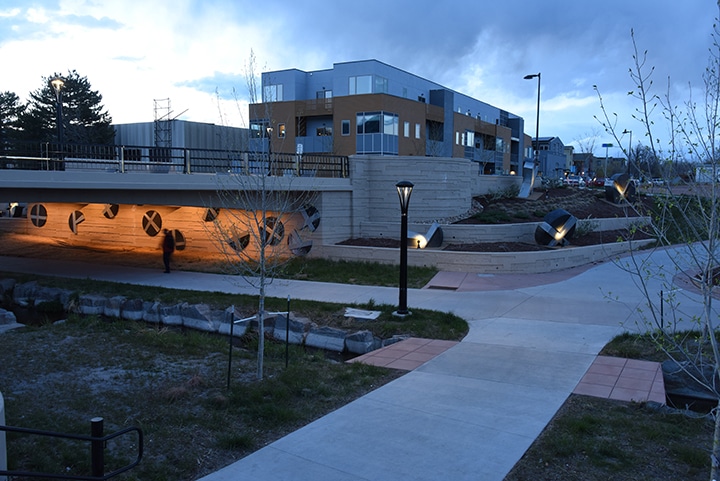
Can you describe a project of yours that stands out in your mind as particularly memorable?
About four years ago, we worked on the interior of the US Green Building Council Headquarters in downtown Washington D.C. There were a lot of constraints in the project, they couldn’t change their building or add light shelves. So the question was, how can we get daylight in there? Dean Sanders in our office came up with the idea of using the perimeter walkway, around the walls, as a light shelf, with a light carpet. It worked so well. We also added IP addressable controls to lower ambient lighting, and separate ambient lighting from personalized lighting. The watts were calculated to be 0.4 sq. ft., and in reality, they’re running at 0.1 sq. ft. That’s huge. They were a great client to work with, they did surveys and post-occupancy evaluations, and we all learned a lot from that.
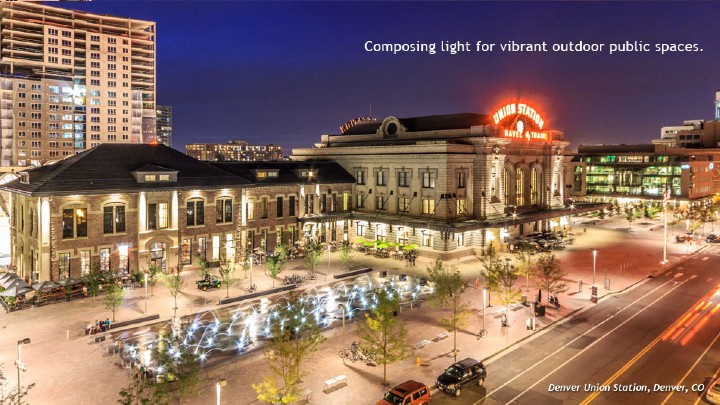
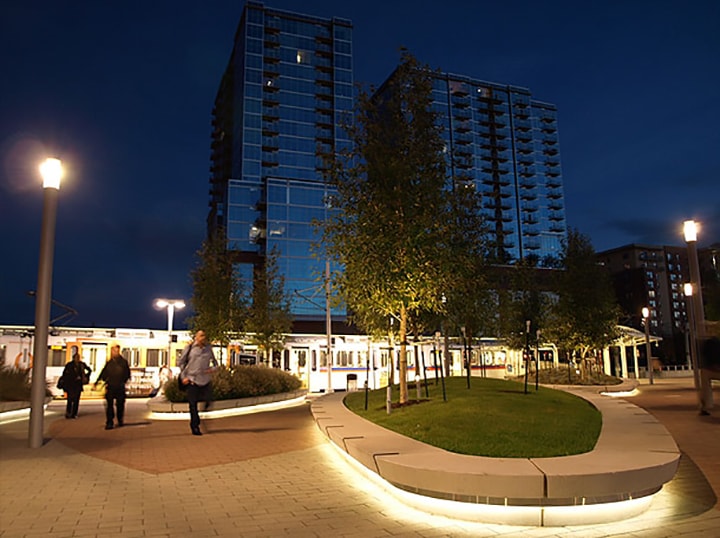
In many cases, the role of daylighting is typically introduced by architect, but sounds like you as a lighting designer work with that in concert, too. Can you expand on that?
Lighting designers are the lighting support for the architect and the whole team. On top of that, we enjoy educating people, and doing things that no one else had done before, or exploring and researching a topic where we think we can make improvements. Designing is an art, and yet, some patterns don’t change. The sun will rise in the East and set in the West; it’s a predictive, wonderful thing. So, it’s a matter of seeing of how our architecture can influence the quality of the daylighting coming in 365 days a year. It’s a balance. I ask people, “What kind of luminances from the outside world make you want to close your blinds? How bright is bright?” Nature is not bright at all. Trees are not bright, they’re about 200 candela/m2. A deep blue, clear sky won’t even get to 1000 candela/m2. And yet, light reflecting off a concrete building could be 50,000 candela/m2, and it could be hundreds of thousands if direct light’s hitting a window, reflecting back into your building. I call it the sunglass effect, at what point is it so bright that you want to put your sunglasses on? And once we get these values, let’s do predictive models, and balance natural and electric lighting.
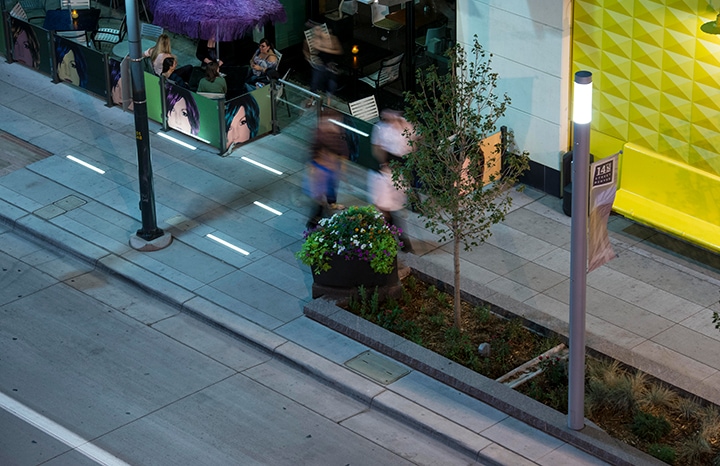
Years ago, we worked on a project for a mental health institution. We started looking at Seasonal Affective Disorder, and if electric light can truly simulate natural daylight. The conclusion was that it simply cannot do it; natural daylight is the only way. So, we made sure that daylight was prevalent throughout the design, and it was also the first project where we introduced daylight dimming.
We brought daylighting into the Pentagon, moving private offices away from perimeter walls, and adding in circulation and common spaces. We also brought daylighting into the Empire State Building by getting rid of the ceiling grid and redoing all those beautiful windows. If you look at the Empire State Building in its original design intent, it relied on daylighting, so we can learn from these buildings, and use their influence on our designs to bring them back to their glory.

November 14, 2023
How lighting technology can help reduce risks to migrating birds